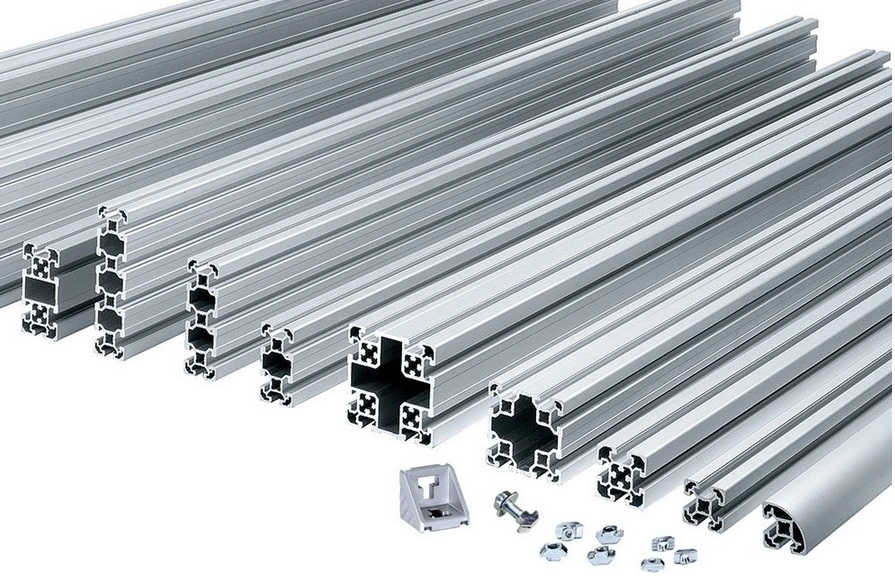T-slot aluminum, also known as T-slot extrusion, is a highly versatile material that finds a multitude of applications across various industries.
Its unique design, which features slots or grooves for easy assembly of components, makes it an ideal choice for creating custom structures and systems.
In this article, we’ll explore seven diverse applications of T-slot aluminum, showcasing its adaptability and utility.
1. Workbenches for Precision Work
One of the most common uses of T-slot aluminum is in the construction of workbenches. These workstations are essential in industries such as manufacturing, electronics, and woodworking, where precision is paramount.
T-slot extrusions allow for the easy attachment of accessories like vices, tool holders, and lighting fixtures.
This versatility ensures that workers can customize their workbenches to suit their specific needs, enhancing productivity and efficiency.
2. Modular Display Systems
In the world of retail and trade shows, presentation matters. T-slot aluminum plays a crucial role in the creation of modular display systems.
These systems enable businesses to showcase their products effectively while allowing for easy assembly and disassembly.
The adaptability of T-slot extrusion means that businesses can continually update their displays to stay ahead in the ever-evolving market.
3. Ergonomic Workstations
Ergonomics in the workplace is a growing concern, and T-slot aluminum has a vital role to play in addressing it.
By using T-slot extrusion, companies can design ergonomic workstations that minimize the risk of repetitive strain injuries and improve overall comfort for employees.
Adjustable height tables, monitor mounts, and keyboard trays are just a few examples of ergonomic solutions made possible by T-slot aluminum.
4. Machine Frames and Enclosures
In the realm of manufacturing, where precision and durability are critical, T-slot aluminum shines. It is commonly used to construct machine frames and enclosures.
The material’s inherent strength and modularity make it perfect for housing sensitive machinery and equipment.
Additionally, T-slot extrusion allows for easy access for maintenance and upgrades, reducing downtime.
5. Conveyor Systems for Efficient Material Handling
Efficient material handling is a cornerstone of many industries, and T-slot aluminum is integral in the construction of conveyor systems.
These systems are used in manufacturing, logistics, and distribution to move products seamlessly from one location to another.
T-slot extrusion’s adaptability allows for the customization of conveyor systems to accommodate various shapes, sizes, and weights of goods.
6. Robotics and Automation
The rise of automation and robotics in industries like automotive and electronics assembly relies heavily on T-slot aluminum.
Its lightweight yet sturdy properties make it an ideal choice for constructing robotic frames and automation equipment.
This versatility enables engineers to design custom solutions tailored to the specific needs of a production line.
7. Structural Frameworks in Greenhouses
In the agricultural sector, T-slot aluminum is utilized in the construction of structural frameworks for greenhouses.
These frameworks support the growth of crops in controlled environments, offering protection from adverse weather conditions.
T-slot extrusion’s corrosion resistance ensures the longevity of these structures, allowing for sustainable and year-round cultivation.
Conclusion: The Endless Possibilities of T-Slot Aluminum
From workbenches to conveyor systems, and from ergonomic workstations to greenhouse frameworks, T-slot aluminum continues to prove its worth across a wide range of industries.
Its adaptability, strength, and ease of assembly make it an indispensable material for creating custom solutions that enhance efficiency, productivity, and innovation.
As industries evolve, T-slot aluminum will undoubtedly play an even more significant role in shaping the future of manufacturing and design.




